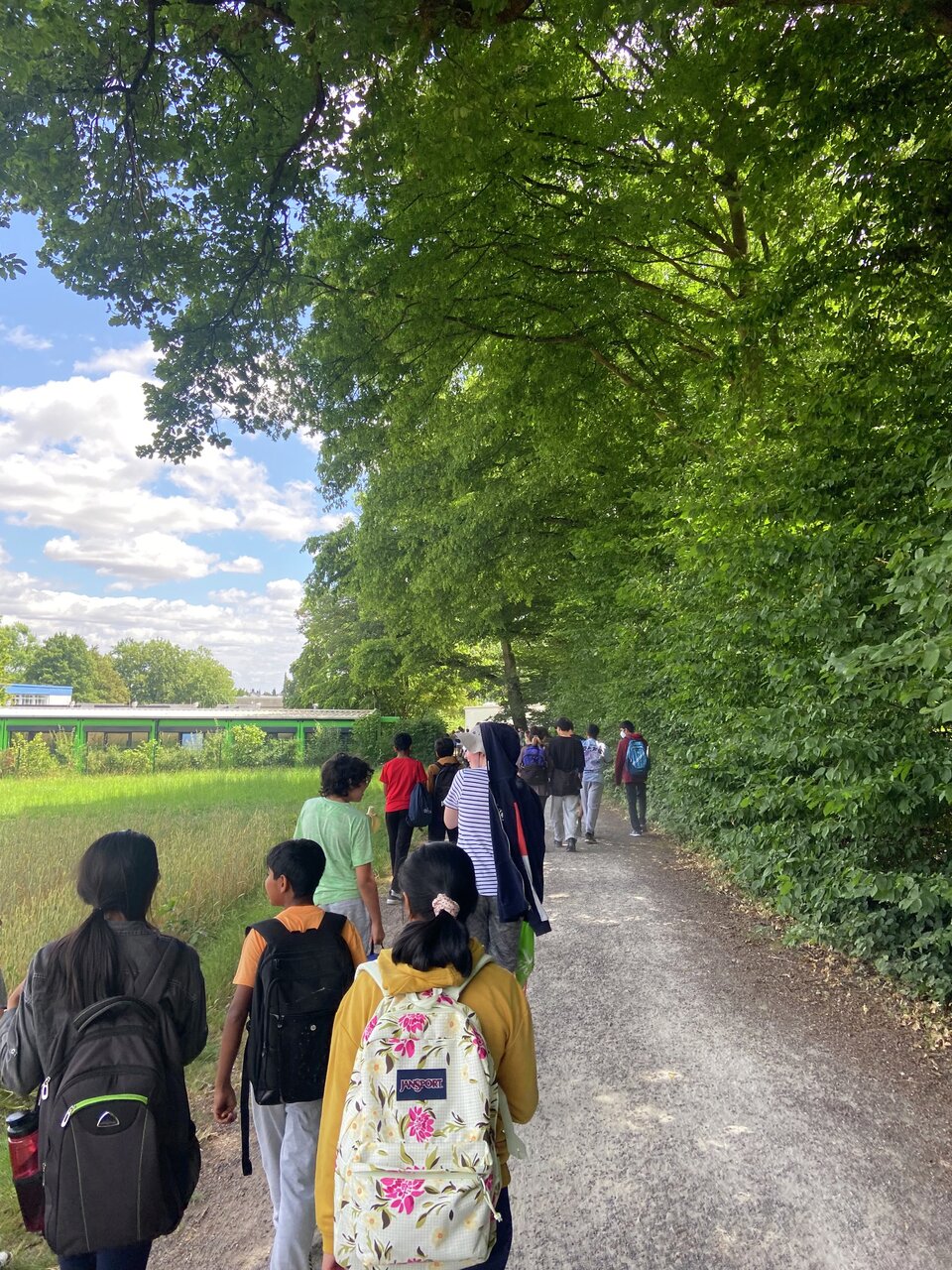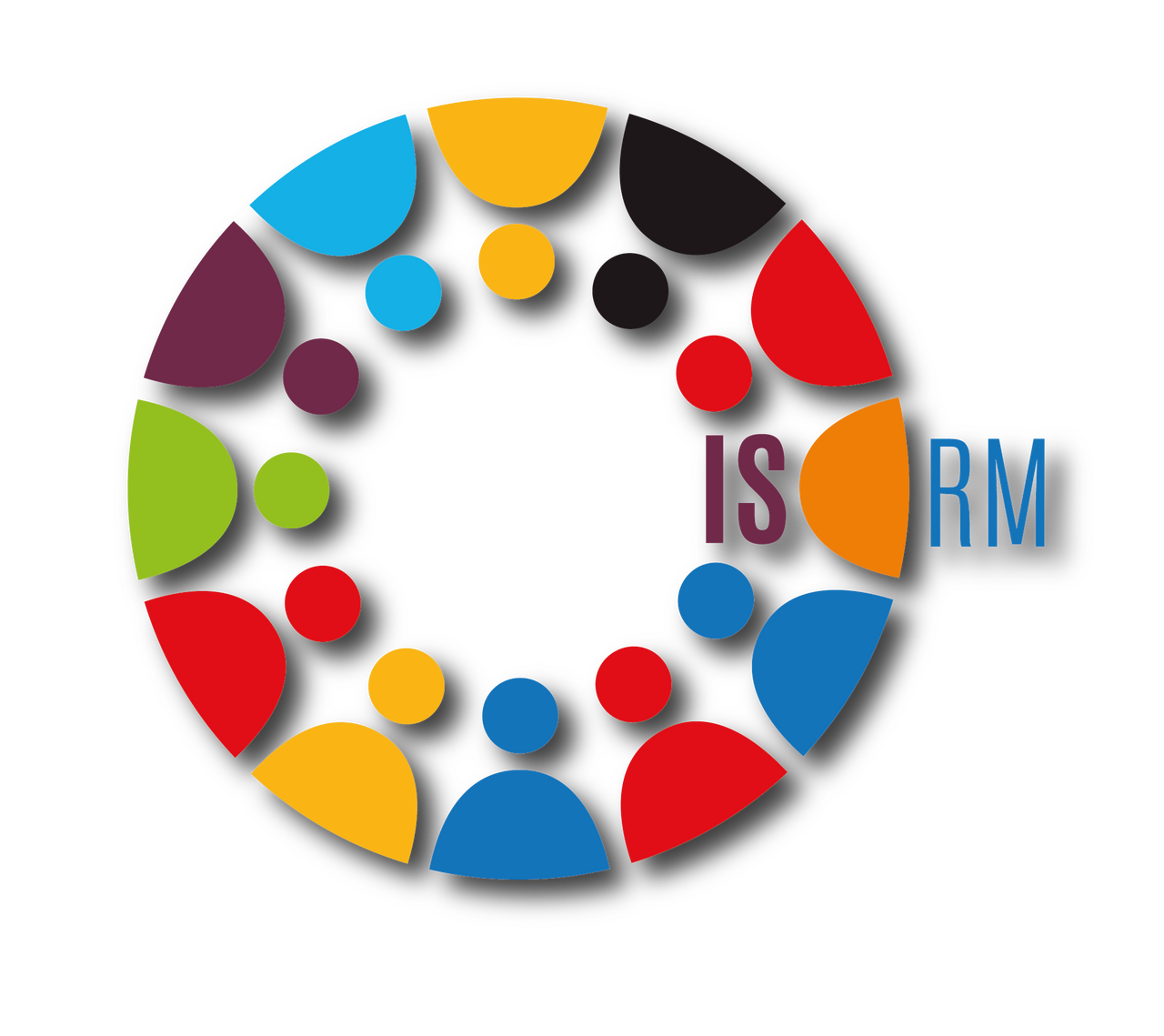The European School RheinMain prides itself on ten years of
existence. It has grown successfully from housing a starting
number of 350 students in 2012 to currently being involved in
the pedagogical development of 1700 students. The European
School focuses on fostering key competences for lifelong
learning, including civic citizenship, intercultural skills,
multilingualism, digital competences and STEM skills in the
sphere of natural sciences and mathematics, as well as
entrepreneurship. ESRM students have successfully been
receiving the European Baccalaureate, which is the
fully-fledged equivalent to all the national high-school
leaving diplomas of the member countries of the European Union.
Currently, there are 33 European schools on the European map.
Multilingualism and a professed fluency in the second language
represent the distinct character of the European schools:
students who graduate with the European Baccalaureate possess a
C1 level of mastery in the second language, which in turn,
enables them to pick up their studies in any of their first two
languages without a problem.
Whilst ESRM offers an exceptional education pathway geared
toward multi-lingualism, entrepreneurship and European
identity, we also understand that this system may not appeal to
every family, whether local, expatriate or living in Germany on
a short-term basis.
However, we have noticed that with its stringent focus on multilingualism, e.g. three languages are compulsory until 11th grade, the European school system might not appeal to every family.
Pedagogically speaking, ISRM espouses a conceptual approach to learning, which places emphasis on transferability of skills and concepts, existing due to a multitude of cross-curricular and interdisciplinary projects. This means that students will analyze particular concepts/ themes at the same time in all of their subjects, while mastering subject-specific skills, e.g. a concept like sustainability will be analyzed in all of the subjects taught for a certain period of time – Language and Literature, Design, Mathematics, Sciences etc. Students and teachers are driven to explore, reflect, analyze, research and show empathy for our world in a collaborative manner. Accompanied by a community service project and a personal project, the students of ISRM aim to contribute in a caring way to their own personal development and give back to the community within which they are anchored.
By offering an international branch of education at our school, we cater for the needs of such families who are conceptual-minded, project-driven and globally orientated. With more than 5000 international schools worldwide, ISRM belongs to a wide international network of schools, which enables easy transferability to another international school worldwide. The Diploma Programme itself remains one of the highest respected undergraduate education programmes for university applications and serves our students in great-stead for their futures as global citizens.
To conclude, pedagogically speaking both ESRM and ISRM foster
similar skills within their students, however, the path taken
to become critical-thinkers and problem-solvers differ
slightly. Driven by the aim to be a student-led environment,
ESRM and ISRM offer different paths of personal development,
tailored to individual student strengths and needs.
We as the school management from both streams signalize at the
moment that some parents seem a bit confused about the current
situation with regard to the increase of study-possibilities at
our wonderful school. It is therefore our duty to create even
more transparency when we describe the two options with the aim
to hopefully bring these feelings of uncertainty to an end.
E/ISRM is one school under one roof, under one directorate and under one governance. Our great teachers work for both European and International School. The students are participating in the same events, the same sports, on the same school yard and they all enjoy the same food in the same restaurant. The time tables of the two streams are coordinated and both have the same holiday scheme. Both streams are educating the students towards a Baccalaureate diploma in year 12 and both Baccalaureates guarantee to the holders of it the entitlement to enter into University.
In short: two on all sides and everywhere highly respected Secondary School organizations completely integrated under one umbrella with the purpose to offer young people to profit from an even more colored diversity of subjects and perspectives.
For all these reasons it would be our advice to you as parents to not enter a dead-end-street of comparing the two with the aim to weigh one against the other. There is no better or worse curriculum, there are no better or worse teachers in the one or the other, there is no higher academic status in one the two…The real and fascinating differences however, become visible when we observe how this parade from talented and creative young people will orientate themselves towards their academic future by selecting their preferences out of this challenging and broadly variegated joint package of two roads to success.
With every best wish,
School management

